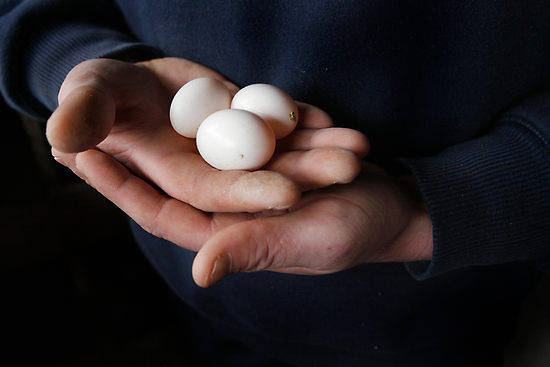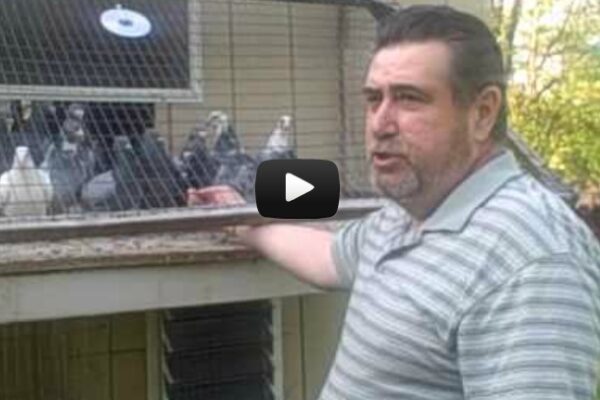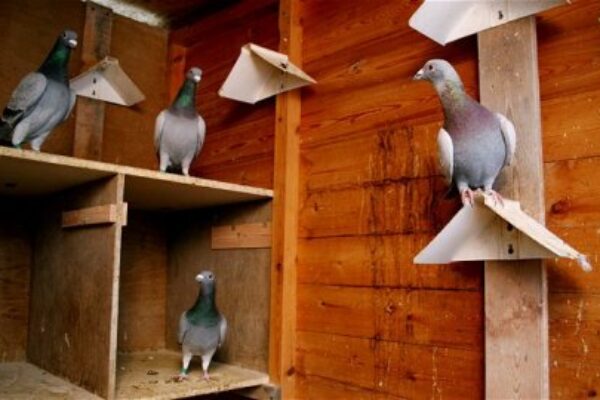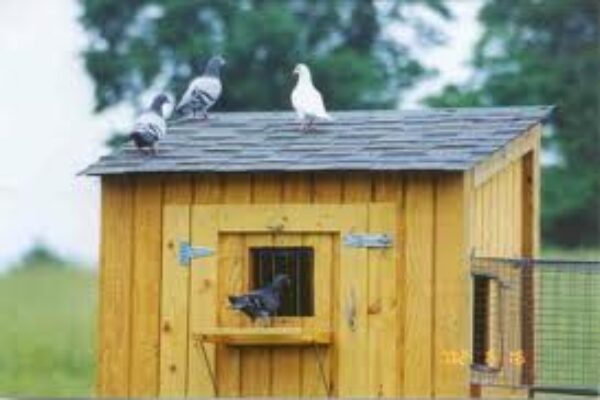Holding and Switching Eggs
 There are often times, at least for some breeders to switch eggs under foster parents for one reason or another.
There are often times, at least for some breeders to switch eggs under foster parents for one reason or another.
This is easily done, but the timing of incubation with both pairs needs to be similar. Usually, if the sets of eggs are laid within 3 days of each other, the switch goes uneventfully.
If the babies hatch too early, the foster parents will not have sufficient crop milk, and the babies will perish or develop poorly. If they hatch too late, the foster parents may desert the eggs or already be on the downside of crop milk production.
To achieve the proper timing, eggs frequently need to be “held” before the foster parents have eggs of their own. I have heard many ways of successfully doing this, but what I am going to relate here is what I have experienced personally.
A few years ago I did a lot of egg switching as I rotated hens on the breeding cocks. A cadre of “pumpers” was kept. I always attempted to get the eggs to time out correctly, but often they did not. This results, usually, in holding eggs until a pumper pair lays.
Eggs can be easily held for 3 to 5 days at room temperature, before incubation has started, and placed under foster parents when the timing is right. When held, the eggs should be turned at least twice daily.
Success can be achieved holding up to 10 days but success rate diminishes after 3 to 5 days of holding. Eggs held in the hydrator drawer of a refrigerator can be held somewhat longer.
Some people claim higher success holding the eggs after incubation has proceeded for several days. I have had poorer success doing this.
The developing embryo is very fragile at this time and just a little shaking can cause it’s death. Also it is more sensitive to chill, in my experience. Eggs that have never been incubated usually give the best results when held.
The thing to remember is to stay as close to nature as possible. The natural “window” can be stretched to fit into our manipulation of things. Remember that the longer we stretch it, or the more we manipulate, the less we can expect to succeed.
Holding and Switching Eggs by Dr. David E. Marx DVM
The Leading Online Pigeon Racing and Racing Pigeons Magazine – The Pigeon Insider









A very good and in advance planing is the key to this technique. The fancier breeder must make sure that the breeding couple and the foster parents couple or couples will have no difficulty or obstacles from other loft mates in pairing with eachother ,that way he will find easy to switch eggs from breeders to foster parents.Other very important techniques are also to be taken in consideration when breeding season starts if we want to breed the best young birds.